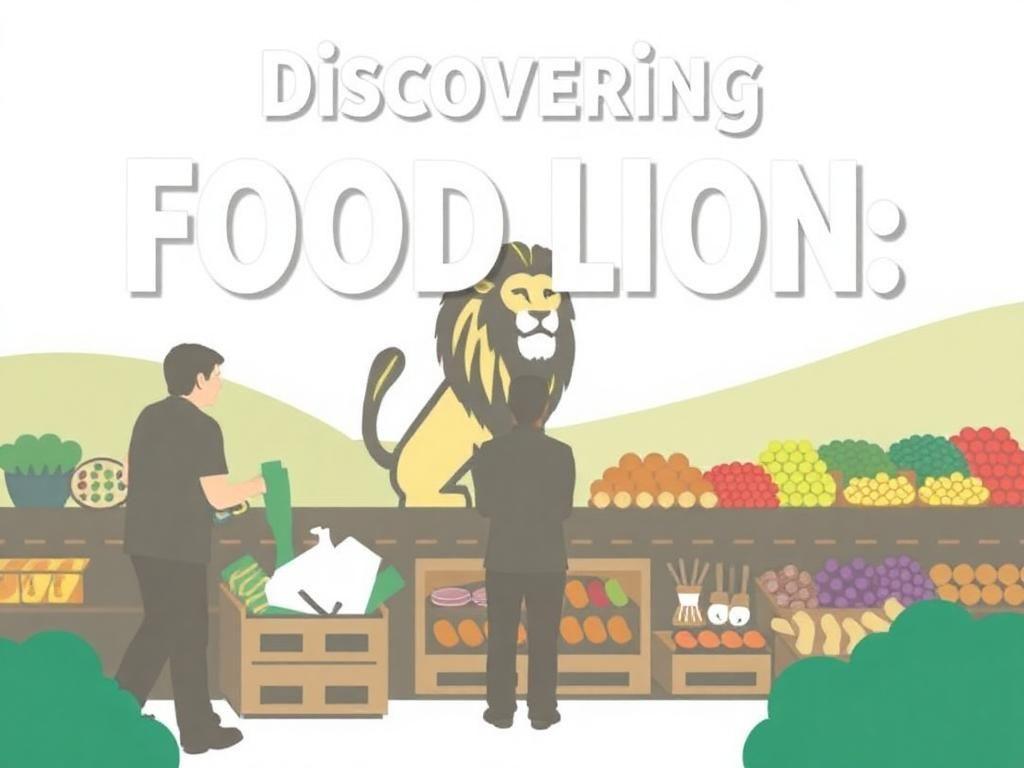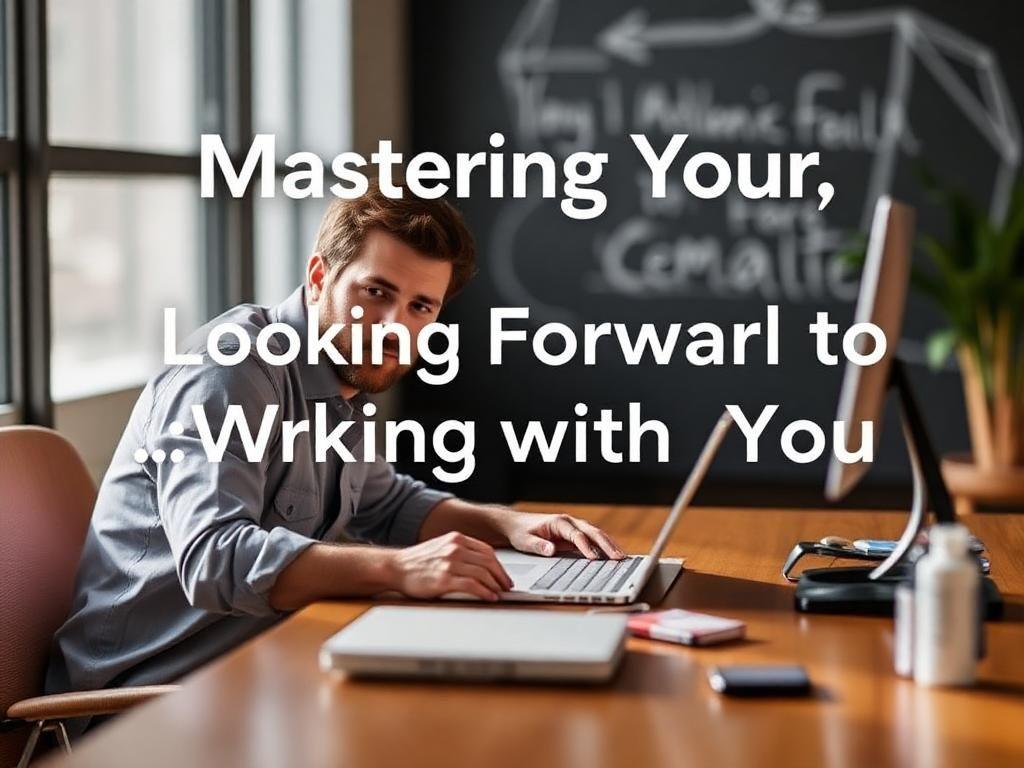Strong professional communication is crucial in today’s workplace. It sets the stage for successful relationships and projects, and a well-crafted email can make all the difference. One type of email that embodies both professionalism and positivity is the sample email looking forward to working with you. This communication not only expresses excitement about future collaboration but also helps to solidify connections and encourage a positive tone in subsequent interactions. In this article, we will explore the context in which this type of email is used, its components, sample templates, and tips for making your communications effective and engaging.
Understanding the Context
When to Use This Type of Email
Knowing when to send a *sample email looking forward to working with you* is essential. Here are several situations where such an email is appropriate:
– **After a Job Interview**: Following an interview is a perfect time to express gratitude and enthusiasm about the potential opportunity.
– **Following a Networking Event**: Connecting with someone you met at a networking event can help solidify the relationship and open doors for future collaboration.
– **After Receiving a Business Proposal**: If you’ve received a proposal from a potential partner, acknowledging it and expressing interest can establish a solid foundation for future discussions.
– **At the Start of a New Project or Collaboration**: Starting a new project with colleagues or partners calls for an email that sets a collaborative tone.
Benefits of a Friendly, Positive Tone
Sending a *sample email looking forward to working with you* can offer multiple benefits:
– **Builds Rapport with Colleagues or Clients**: A friendly email opens doors for better working relationships, fostering trust and cooperation.
– **Encourages a Positive Working Relationship**: Positive communication can lead to increased morale and a harmonious work environment.
– **Sets a Collaborative Tone for Future Interactions**: Approaching future discussions with positivity sets the stage for effective collaboration.
Key Components of the Email
Understanding the essential parts of your email will ensure that it is both clear and effective.
Subject Line
The subject line is crucial for grabbing attention and ensuring your email is opened. Good examples include:
– “Looking Forward to Collaborating!”
– “Excited to Work Together!”
A clear and enthusiastic subject line can set the tone for the rest of your email.
Greeting
Your choice of greeting can impact how your message is received. Consider these options:
– Use professional titles (Mr., Ms., Dr.) for formal communication.
– Transition to a first-name basis when appropriate to create a friendly tone.
Expressing Anticipation
Conveying enthusiasm is vital in this type of email. Some effective phrases include:
– “I am eager to…”
– “I look forward to…”
These phrases help communicate your excitement about the collaboration.
Acknowledgment of Previous Interaction
Recapping previous meetings or conversations creates context. Show appreciation for the opportunity to work together, such as:
“Thank you for the insightful conversation we had during our last meeting.”
Brief Mention of Future Collaboration
Outline key topics or goals for collaboration, highlighting what you can contribute to the project. This shows that you are proactive and engaged.
Closing Remarks
In your closing remarks, reiterate your excitement for the project ahead, and invite further communication. For example:
“Once again, I’m thrilled to start this journey with you and am available for any questions you may have.”
Sign-Off
Ending your email professionally is vital. Consider using:
– Best regards
– Sincerely
Maintaining professionalism in your sign-off reinforces your brand.
Sample Email Template
Example 1: After an Interview
Subject: Excited to Work Together!
Dear [Interviewer’s Name],
I hope this email finds you well. I wanted to take the time to thank you for the opportunity to interview for the [Job Title] position at [Company Name].
**I am eager to join your team and contribute my skills and experience to [specific goal or project discussed].**
Thank you again for this wonderful opportunity. I look forward to the prospect of working together!
Best regards,
[Your Name]
[Your Contact Information]
Example 2: Following a Networking Event
Subject: Looking Forward to Collaborating!
Hi [Recipient’s Name],
It was a pleasure meeting you at [Event Name]. I truly enjoyed our conversation about [specific topic].
**I am excited to explore potential collaborations in the future, as I believe we share common goals.** If you have any ideas, I would love to hear them!
Best wishes,
[Your Name]
[Your Contact Information]
Example 3: Starting a New Project
Subject: Looking Forward to Collaborating on [Project Name]
Dear Team,
I am excited to announce that we will be collaborating on the [Project Name]. I believe that **our combined expertise will lead us to great success.**
Please feel free to share your thoughts and ideas as we move forward.
Looking forward to working together!
Best,
[Your Name]
[Your Contact Information]
Tips for Writing a Great Email
Keep It Concise
While it’s tempting to elaborate, clarity and brevity are essential. Stick to the point, avoiding unnecessary jargon, to ensure your message is easily understood.
Personalize the Email
Tailoring your content to fit the recipient’s role or personality adds a personal touch. Reference previous conversations or shared experiences to enhance the connection.
Review and Edit
Before sending your email, it’s crucial to proofread for any grammar or spelling mistakes. An error-free email reflects your professionalism and attention to detail.
Table of Key Components for a Professional Email
| Component | Description |
|---|---|
| Subject Line | Clear, energetic titles to capture attention. |
| Greeting | Professional or casual, depending on the relationship. |
| Expressing Anticipation | Use phrases that show eagerness for collaboration. |
| Acknowledgment | Recap previous discussions to provide context. |
| Future Collaboration | Mention specific goals or topics for discussion. |
| Closing Remarks | Express excitement and encourage further communication. |
| Sign-Off | Professional closing, e.g., Best regards, Sincerely. |
FAQ Section
What is the purpose of a sample email looking forward to working with you?
The purpose is to express enthusiasm and set a positive tone for future collaboration.
When should I send this type of email?
You should send it after a job interview, networking event, receiving a proposal, or when starting a new project.
How formal should the language be?
The language should balance professionalism with friendliness, adapting the tone based on your relationship with the recipient.
Can I use humor in my email?
If appropriate for your relationship, light humor can enhance friendliness but should be used cautiously.
How long should the email be?
Keep it concise—ideally, one to two short paragraphs, ensuring clarity in your communication.
Is it necessary to follow up?
A follow-up may be appropriate if you do not receive a response within a few days, showing continued interest.
What should I include in my closing remarks?
Reiterate your excitement about the project and provide an invitation for further conversation or questions.
How do I ensure my email is error-free?
Proofread carefully, and consider using grammar-check tools or apps before sending.
Where can I find email templates?
Many online resources offer professional email templates, including sites like [Indeed](https://www.indeed.com) or [LinkedIn](https://www.linkedin.com).
What if I don’t have a prior relationship with the recipient?
You can still send a positive email by referencing your shared interests or professional connections to establish rapport.




